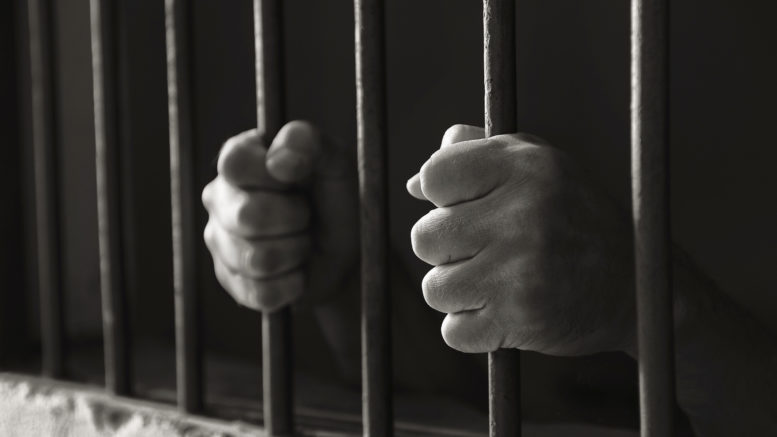What percentage of ex-offenders actually get jobs when they are released?
I refer to the article “Some job curbs on ex-offenders to protect public interest: MHA” (Straits Times, Jun 16).
It states that “Different government agencies impose restrictions on ex-offenders for some jobs “to protect the interests of the public”, said a spokesman for the Ministry of Home Affairs (MHA).
In a letter to The Straits Times Forum, MHA director of media relations Sunny Lee said a person with a criminal record is required to remain offence-free for some time before he can take up certain jobs, depending on the severity and relevance of the offence. Mr Lee was responding to an ST article on remarks that Mountbatten MP Lim Biow Chuan made on Facebook about hiring ex-offenders.”
As to “In his letter yesterday, MHA’s Mr Lee said ex-offenders who have committed crimes such as robbery, housebreaking and voluntarily causing grievous hurt, are required to remain crime-free for some time before they can take up certain jobs, including that of a security officer” – what exactly are the list of jobs that such ex-offenders are banned from?
With regard to “In the Potong Pasir resident’s case, “the nature of his offence is such that he is restricted from being a security officer at this point in time”, said Mr Lee, without elaborating on how long the restriction would last” – how long is the ban?
In respect of “Mr Lee said Score has partnered more than 5,000 employers to provide jobs for ex-offenders, in industries such as food and beverage, hospitality, manufacturing, wholesale and retail, and logistics.
Last year, 97 per cent of the 2,201 inmates who were helped by Score for job placements successfully secured a job before their release, he added” – as I understand that there are about 11,000 inmates released per year – what percentage were placed in jobs – not just citing the statistics (97 per cent) for “the 2,201 inmates who were helped by Score”?
Leong Sze Hian
